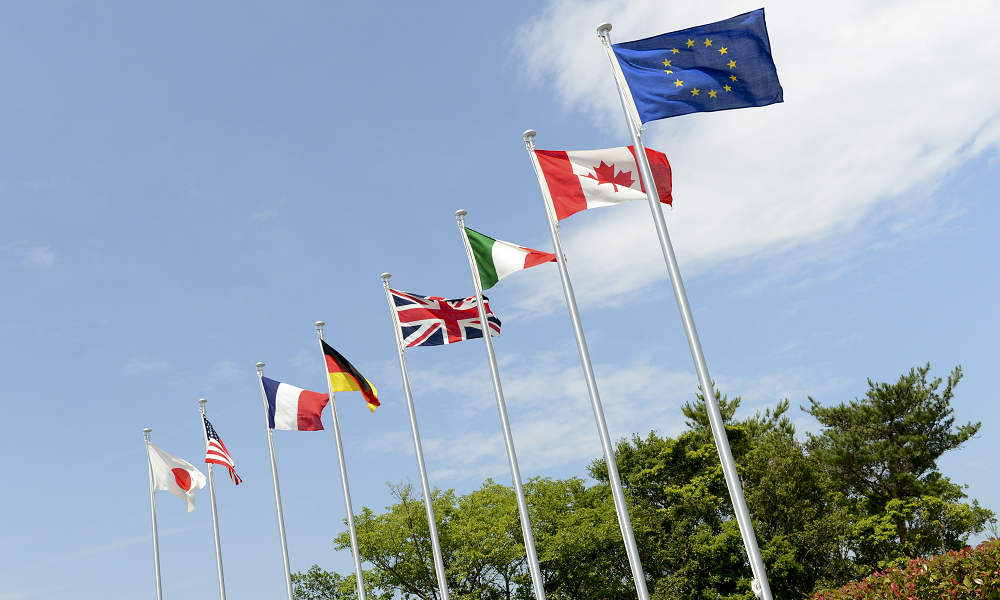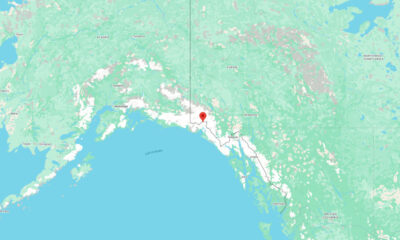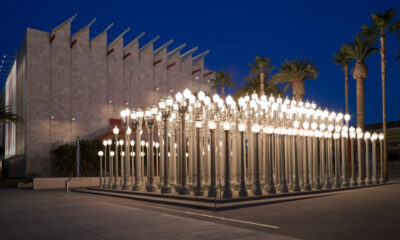Business
Mistakes to Avoid While Choosing Custom Flags

The Custom flags are effective marketing, communication, as well branding tools. These striking banners can have a big impression on events, enterprises, or personal use. Nevertheless, there can be several dangers involved in the process of choosing and creating personalised flags. This post examines five typical blunders to steer clear of when selecting custom flags to make sure your investment pays off as well as properly conveys your message or brand.
1. Overlooking Material Quality
The quality of the materials used is one of the most important factors when choosing a personalised flag. Cost over durability is a common mistake that results in the use of inferior materials that quickly disintegrate under environmental pressures. Poor-quality materials can quickly lose their colour, fray, or shred, which will reduce the flag’s usefulness as well as attractiveness.
Take the setting as well as intended use into consideration when choosing materials for personalised flags. Weather-resistant materials that can tolerate wind, rain, as well as sun are needed for outdoor flags.
Another aspect to be discussed is the printer technique selected for the utilisation of the identified material. Select fabrics to perform well with specific methods of printing, impacting the intensity as well as durability of the applied image.
2. Neglecting Design Principles
Ignoring basic design principles when creating custom flags is another typical mistake. Exuberant flag designers could feel pressured to add too many details or intricate illustrations, which could make the final product look jumbled as well as unclear. Simplicity, as well as clarity, are essential for good flag design in order to deliver messages efficiently as well as rapidly.
Think about the circumstances as well as the distance at which the flag will be viewed. Small text or intricate details can be lost when seen quickly or from a distance. Choosing eye-catching, eye-catching patterns with striking contrast colours is a good idea. Flags are frequently viewed in motion, therefore even when the fabric is not fully extended, the designs should still be identifiable.
These colours, however, must be chosen wisely as part of the flag design. This may seem an exhilarating choice since there are so many colours to choose from, but again, if a limited number of colours are chosen, the significance of the design is more easily imprinted in one’s mind.
3. Ignoring Size and Proportion
Choosing the right size as well as keeping the right proportions are crucial but sometimes disregarded elements of designing a personalised flag. Oversized flags can be cumbersome as well as unusable, while too-small flags cannot draw much notice. The flag’s size ought to correspond with the purpose as well as the intended display area.
Examine the flag design’s aspect ratio. Standard flag proportions usually adhere to predetermined ratios, like 2:3 or 3:5. Significantly deviating from these ratios may cause display issues or an unprofessional appearance.
When determining flag size, also take into account the method of display. Different flag poles, stands, or mounting systems may have specific size requirements or limitations. Ensuring that your custom flag is compatible with your intended display method will prevent issues during installation as well as use.
4. Failing to Consider Legal and Cultural Sensitivities
Since the custom flags are usually associated with groups, certain causes, or occasions, one has to consider cultural, not to mention the legal implications of certain symbols used. Probably the most typical mistake businesses make is using other people’s copyrighted pictures, logos, or designs without permission.
More to the point, symbols, colours, or imagery used in cultures may convey a meaning or signification that is different in other cultures. It can be seen from the following example where anything that may at first sight appear to be innocent could either be a term of abuse, or even unbecoming.
They are also useful for noticing any laws or policies forbidding the use of flags in certain circumstances in a given region. Specific standard practices may exist regarding the size, the information that can or cannot be displayed on flags, or where flags should be placed.
5. Underestimating Production Time and Costs
The last common error in choosing a custom flag is to underestimate the time as well as the expense of creation. Inaccuracies, poor quality, and missed deadlines can result from rushing the design as well ordering process. Especially for large orders or specific designs, it is imperative to leave sufficient time for design revisions, production, as well as shipping.
Costs should be taken into account in addition to the flag’s initial purchase price. Include costs for things like delivery, new hardware for the display, design services, as well as future replacements.
Finally, take into account the possibility of further orders or design changes. In order to expedite future flag orders or modifications, it is recommended to establish a partnership with a reputable flag manufacturer and keep design files. In the long run, this forethought can save time as well as money by guaranteeing consistency in messaging and branding across several flag orders.
Conclusion
Through adherence to these five typical blunders, people as well as institutions can guarantee that their personalised flags accurately convey their message, identity, or purpose. High-quality, striking custom flags that effectively fulfil their intended function will be the consequence of careful consideration of materials, design principles, size, cultural sensitivities, neon signs and production variables.

-

 Health6 days ago
Health6 days agoFrance confirms 2 MERS coronavirus cases in returning travelers
-

 Health1 week ago
Health1 week ago8 kittens die of H5N1 bird flu in the Netherlands
-

 US News4 days ago
US News4 days agoMagnitude 7.0 earthquake strikes near Alaska–Canada border
-

 Entertainment7 days ago
Entertainment7 days agoJoey Valence & Brae criticize DHS over unauthorized use of their music
-

 Legal1 week ago
Legal1 week ago15 people shot, 4 killed, at birthday party in Stockton, California
-

 US News1 week ago
US News1 week agoFire breaks out at Raleigh Convention Center in North Carolina
-

 Legal6 days ago
Legal6 days agoWoman detained after firing gun outside Los Angeles County Museum of Art
-

 Health1 week ago
Health1 week agoEthiopia reports new case in Marburg virus outbreak




